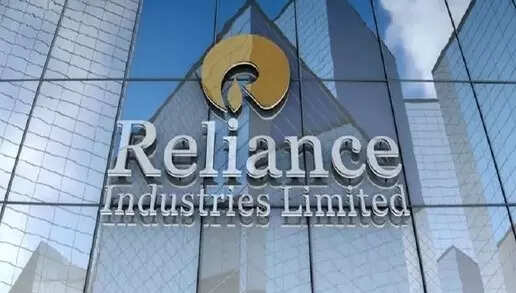
Mukesh Ambani’s Reliance Industries Ltd (RIL) may earn nearly USD 10-15 billion from its new energy business spanning solar to hydrogen by 2023, however, it will need acquisitions or partnerships to make up for limited expertise in technology, reported PTI, citing a report by Sanford C Bernstein, on Sunday.
Clean energy (solar, battery, electrolyzers, and fuel cells) represents a new growth pillar for Reliance with USD 2 trillion in investment in India through 2050. India is targeting solar capacity of 280GW and 5 million tonnes of green H2 production by 2030.
“We expect EV penetration will reach 5% for passenger and commercial vehicles and 21% for two-wheelers. Clean energy could have a TAM (total addressable market) of USD 30 billion in 2030 (USD 10 billion currently). By 2050, we estimate the TAM could reach USD 200 billion and cumulative spending of USD 2 trillion,” PTI quoted the brokerage report as saying.
Oil-to-telecom conglomerate Reliance has announced forays into solar manufacturing as well as hydrogen in pivot away from fossil fuels. Reliance plans to have 100GW of installed solar capacity by 2030 which is 35% of India’s targeted capacity of 280GW.
“By 2030, we estimate Reliance could capture 60 per cent, 30% and 20% of solar, battery and hydrogen TAM respectively,” Bernstein said.
“Based on our assumptions, we estimate RIL can achieve around USD 10-15 billion of revenue from new energy business in 2030 which represents roughly 40% of the TAM.”
Reliance is building a green energy business to supply the equipment India will need for its green energy revolution. Reliance has committed to being a net zero carbon emission company by 2035, which is earlier than the target of any other energy company in the region.
It is building a fully integrated end-to-end renewables energy ecosystem for customers through solar, batteries and hydrogen.
“While Reliance has the balance sheet and relationships, they lack the technology and manufacturing know-how which will be essential for success,” the brokerage said.
Funding is not an issue for Reliance given the current balance sheet and free cash flow outlook.
The India government has set a target of 500GW of installed renewable energy by 2030. Of this, solar is expected to account for the largest share with 280GW. As of February 2023, India had 65GW of solar power.
To integrate interruptible renewable energy (wind and solar), India is estimated to require 88GWh of cumulative energy storage system (ESS) capacity by 2030 which represents 7 %of solar and wind capacity installed. By 2050, ESS capacity is expected to reach 15% of total installed wind and solar capacity.
For transport, the Indian government has an EV sales penetration target of 30% for private cars, 70% for commercial vehicles and 80% for two and three-wheelers by 2030.
“With India EV penetration at only 1% today, we think this will take longer given lack of charging infrastructure, lack of affordable EV options and no established battery supply chain. Two-wheelers will see stronger adoption than other vehicles reaching above 20% in 2030 and 75% by 2040 in our view,” the report said.
India has set a target of 5 million tonne of annual green hydrogen production by 2030.
“Based on 45% load factor and 63% efficiency, we expect 81GW of cumulative electrolyzer capacity is required to generate 5 million tonne of green hydrogen,” it said adding green hydrogen is to be used to replace grey hydrogen, produced using gas, as it moves to decarbonise sectors such as oil and fertilisers.
For the New Energy business, it estimated Reliance will begin to recognize revenue in FY25 with the start of solar and battery plants in 2024.
“Overall, solar will have the largest TAM of USD 13 billion by 2030 followed by hydrogen at USD 10 billion and batteries at USD 7 billion. We estimate Reliance can obtain USD 8 billion of revenue from solar by 2030. For batteries, Reliance could potentially capture a large part of the TAM starting in 2025+ and reach USD 3 billion by 2030. Hydrogen has potentially more opportunities with only USD 2 billion by 2030.”
For solar, it expects Reliance to reach 100GW of installation by 2030. For batteries, Reliance could also achieve a similar market share of 36% with battery capacity of 50GWh versus expected battery capacity of 139GWh in 2030.
For hydrogen, Reliance can capture about 19 %of the market with 16GW of cumulative electrolyzer capacity by 2030 versus expected TAM of 81GW.

